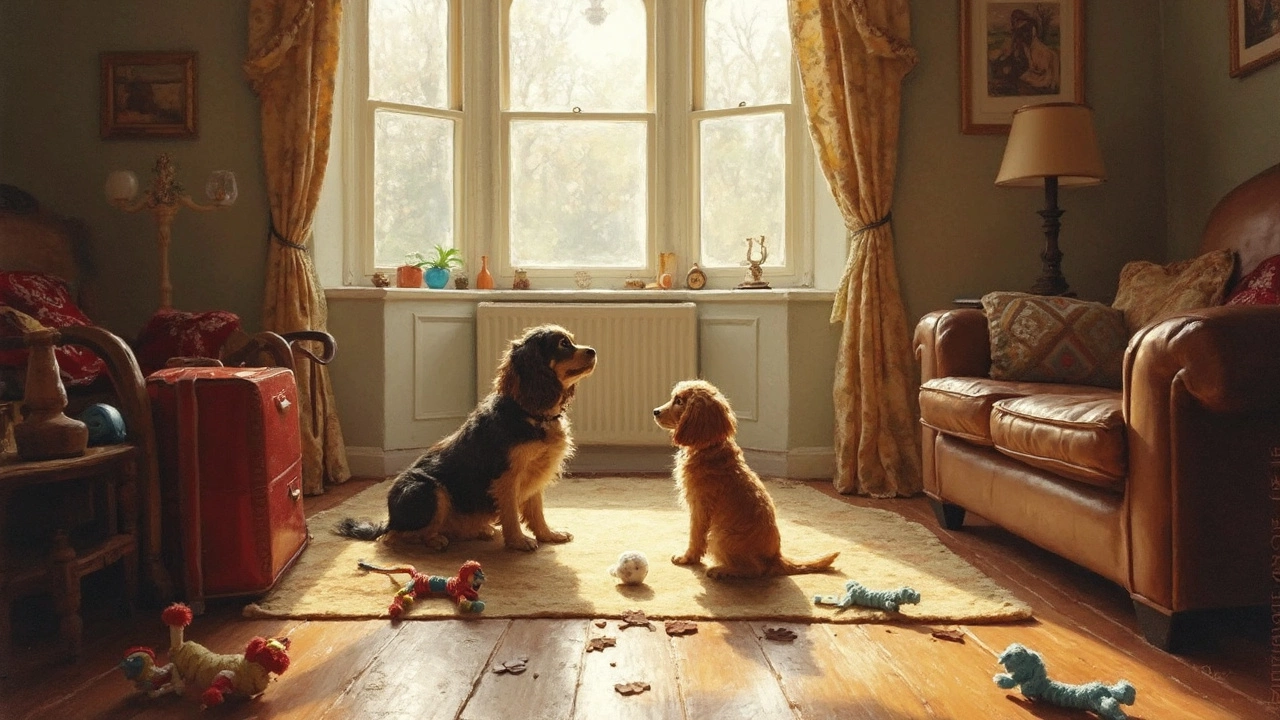Potty Train Your Dog: Easy Tips That Work
Got a new pup or a grown dog who still makes indoor messes? You’re not alone. Potty training can feel like a puzzle, but with a clear routine and a few smart tricks, you’ll see progress fast.
Set Up a Consistent Schedule
The biggest secret is timing. Dogs thrive on routine, so feed your dog at the same times each day. After meals, play, or naps, take them out within 5‑10 minutes. This builds a clear connection between eating, drinking, and the need to go.
Mark the exact spots you want them to use—whether it’s a grass patch in the yard or a pee pad inside. Use the same door and leash every time; the familiar path cues them that it’s potty time.
Use Positive Reinforcement, Not Punishment
When your dog finishes outside, celebrate with a quick treat, a happy voice, and maybe a gentle pat. The reward tells them, "That’s what I want you to do." Skip scolding if they have an accident indoors; it only confuses them and can cause fear.
If you catch them in the act, calmly interrupt with a "no" and immediately take them to the proper spot. Then reward them if they finish there.
Keep a tidy log for at least a week. Note the times they go, the weather, and any quirks. Patterns will emerge, helping you fine‑tune the schedule.
Crate training is another powerful tool. Dogs naturally avoid soiling where they sleep. Choose a crate just big enough for them to turn around, and never leave them in it longer than a few hours.
For puppies under three months, expect a bathroom break every hour or two. Older dogs can hold longer, but they still need regular outings—usually after meals, before bedtime, and after play.
Watch the signs: sniffing, circling, whining, or heading toward the door. React quickly and you’ll reinforce the right behavior.
If you’re using pee pads indoors, place them near the door and gradually shift them farther outside as your dog gets the habit.
Cleaning accidents properly matters. Use an enzymatic cleaner so the scent disappears; leftover smells can invite repeat accidents.
Don’t forget to adjust for changes. Travel, a new home, or a vet visit can reset the schedule. Stay patient, keep the routine, and give extra praise during transitions.
Lastly, stay consistent. Everyone in the household should follow the same plan, use the same commands, and reward the same way. Mixed signals slow progress.
With a solid schedule, lots of positive reinforcement, and a clean environment, most dogs get the hang of potty training within a few weeks. Keep it simple, stay calm, and enjoy watching your pup become a clean‑house champion.

How Long to Potty Train a Puppy: Realistic Expectations for Pet Owners
Potty training a puppy is often a pet owner's first big challenge. The process typically takes anywhere from a few weeks to several months, depending on factors like breed, age, and consistency of training. Utilizing the right tools and maintaining a positive attitude can make all the difference. Introducing toys and rewards during training can also help keep your puppy engaged and motivated. Learn how to set realistic expectations and effective strategies for making the process as smooth as possible.
View more